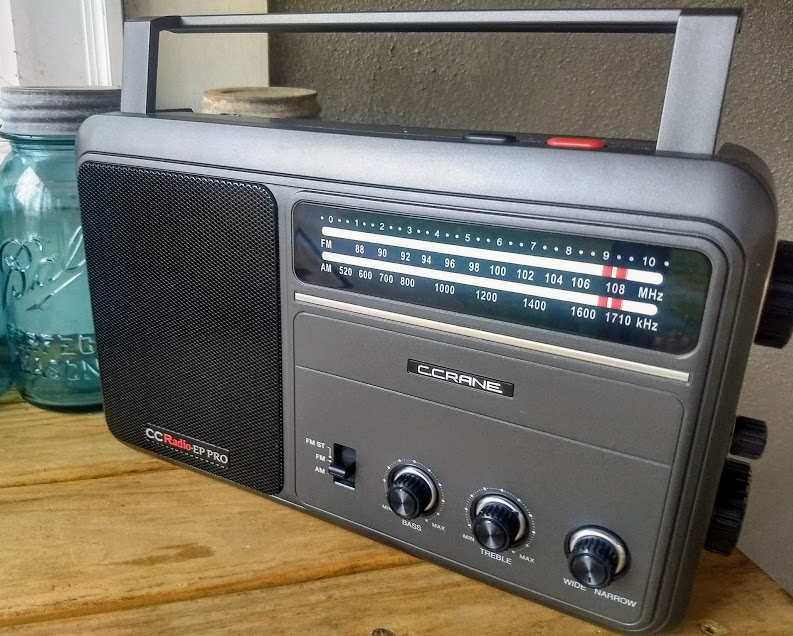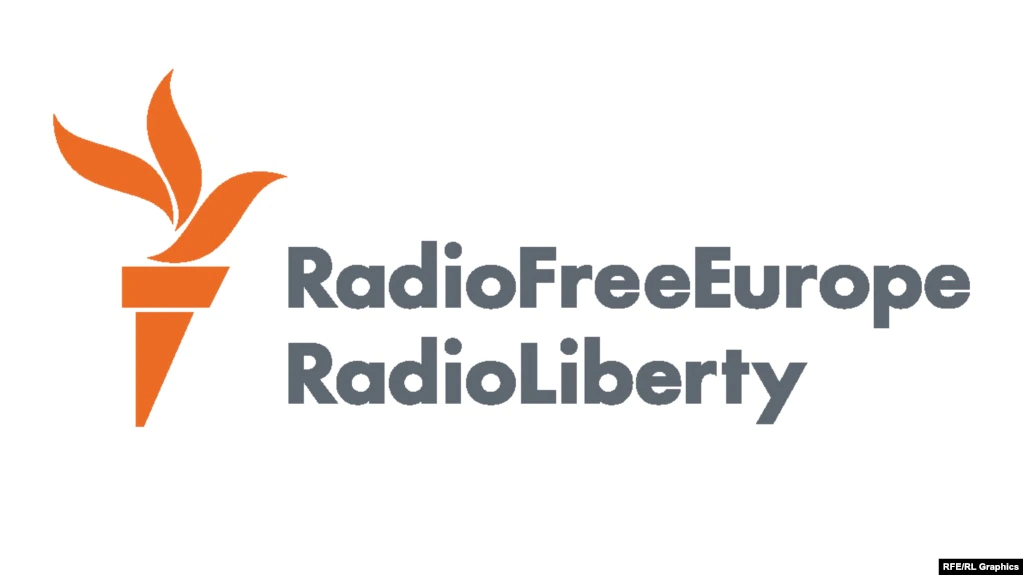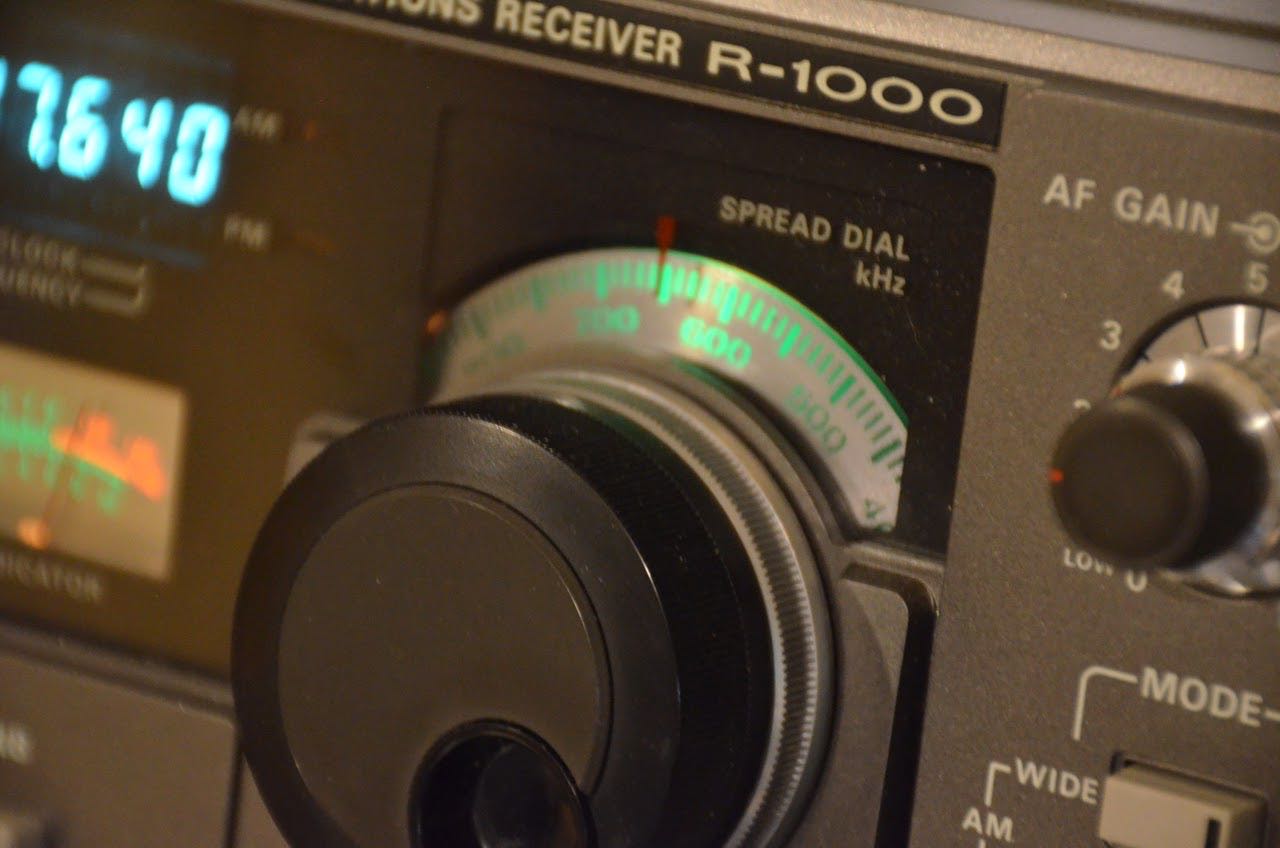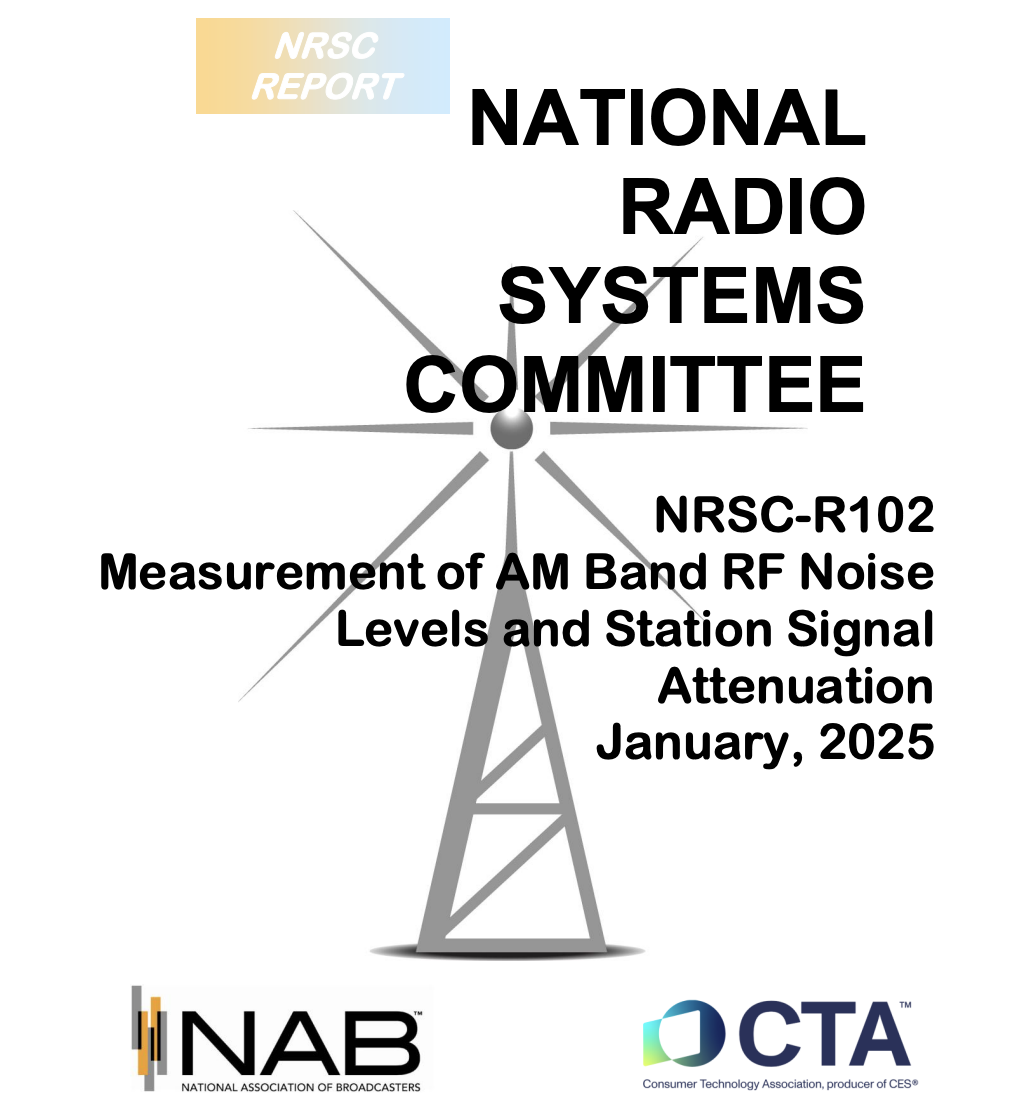 Many thanks to SWling Post contributor Carlos Latuff, who writes:
Many thanks to SWling Post contributor Carlos Latuff, who writes:
Good morning, Thomas. I just translated this article from Chilean radio station “Canal 95”, published on February 26. Original in Spanish here: https://www.canal95.cl/magazine/apagon-redes-sociales-rinden-tributo-radio-pila
Social media users highlighted the importance of battery-operated radios as the only reliable source of information in emergencies, while critics pointed to the fragility of the current system.
After a large blackout left much of Chile without electricity last Tuesday, millions of people were affected and left without communication. All due the fact that the telecommunications and internet antennas service completely collapsed.
In this scenario, and in the absence of real-time information, social media users began to highlight the importance of having battery-powered radios to access news in emergencies such as, for example, the decision to declare a curfew.
“Will we have to go back to copper wire telephones? Cell phones ‘died’ in the emergency. Explanations are useless in the face of a serious incident. Earthquake, tsunami, flood, or power outage like yesterday. Totally incommunicado. Only the battery-operated radio worked ,” remarked the renowned journalist and radio personality, Sergio Campos.
Many also recalled that this device has been key during earthquakes and other disasters in the country, although there was no shortage of jokes.
“Serious question: does everyone really have a battery-operated radio?” asked one user of the X platform. “It’s always good to have one. My mother-in-law has one and it’s super old, but it works. And the radio too,” joked comedian Luis Slimming.
Although some users admitted not having a functional radio at home, implying that they had not previously considered it necessary due to the outdated technology, other users reinforced the importance of having one of these reliable devices that allow them to stay in touch.
The work of radio stations that continued to operate during the emergency was also highlighted. There was no shortage of criticism of telephone companies and the widespread use of smartphones that do not have integrated FM radio.
“I want to give a round of applause to Chilean radio stations. We would still be going around in circles if it weren’t for the fact that they continued to broadcast and report on what was happening. Every Chilean home should have a battery-operated radio ,” wrote @satoruswft .
It remains to be noted that Chile has historically faced natural events that disrupt basic services, but the current dependence on the Internet and cell phones has created a gap in preparation for blackouts.
So, keep this in mind: a battery-powered radio is still a must-have in an emergency.
 Many thanks to SWLing Post contributor David Iurescia, who shares the following article from Radio Prague (in Spanish), which focuses on the history and relevance of Radio Free Europe. For the past 30 years, the station has been broadcasting from Prague, continuing its mission of providing uncensored news to regions where press freedom is severely restricted. The article explores the station’s enduring role in the fight against authoritarian censorship and the growing challenges it faces in today’s geopolitical landscape.
Many thanks to SWLing Post contributor David Iurescia, who shares the following article from Radio Prague (in Spanish), which focuses on the history and relevance of Radio Free Europe. For the past 30 years, the station has been broadcasting from Prague, continuing its mission of providing uncensored news to regions where press freedom is severely restricted. The article explores the station’s enduring role in the fight against authoritarian censorship and the growing challenges it faces in today’s geopolitical landscape.







